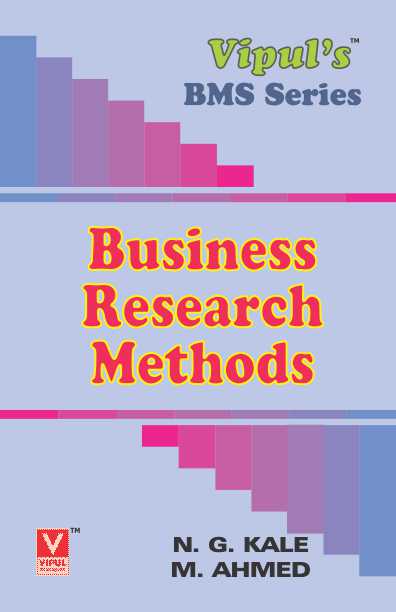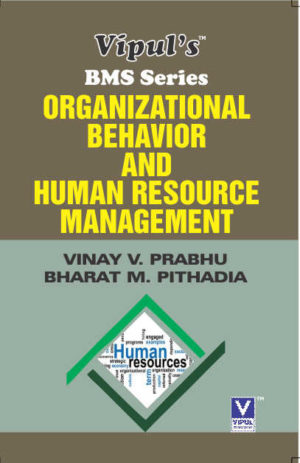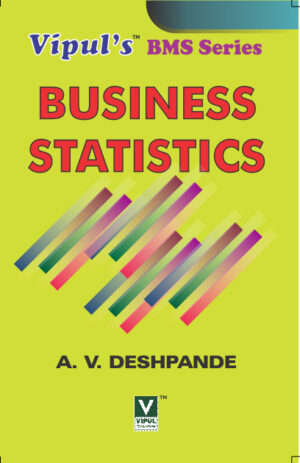Business Research Methods
₹180.00
SYBMS — SEMESTER – IV
Author: N. G. Kale
M. Ahmed
SIXTH EDITION
Description
SYLLABUS
| No. | Models / Units |
| 1 | Introduction to Business Research Methods: |
| (1) Meaning and Objectives of Research.
(2) Types of Research: (a) Pure, Basic and Fundamental, (b) Applied, (c) Empirical, (d) Scientific and Social, (e) Historical, (f) Exploratory, (g) Descriptive, (h) Causal. (3) Concepts in Research: Variables, Qualitative and Quantitative Research. (4) Stages in Research Process. (5) Characteristics of Good Research. (6) Hypothesis: Meaning, Nature, Significance, Types of Hypothesis, Sources. (7) Research Design: Meaning, Definition, Need and Importance, Steps in Research Design, Essentials of a Good Research Design, Areas/Scope of Research Design and Types – Descriptive, Exploratory and Causal. (8) Sampling: (a) Meaning of Sample and Sampling, (b) Methods of Sampling: (i) Non Probability Sampling – Convenient, Judgment, Quota, Snowball. (ii) Probability – Simple Random, Stratified, Cluster, Multi Stage. |
|
| 2 | Data Collection and Processing: |
| (1) Types of Data and Sources: Primary and Secondary Data Sources.
(2) Methods of Collection of Primary Data: (a) Observation: (i) Structured and Unstructured, (ii) Disguised and Undisguised, (iii) Mechanical Observations (Use of Gadgets). |
|
| (b) Experimental:
(i) Field, (ii) Laboratory. (c) Interview: (i) Personal Interview, (ii) Focused Group, (iii) In-depth Interviews – Method, (d) Survey: Telephonic Survey, Mail, E-mail, Internet Survey, Social Media, and Media Listening. (e) Survey Instrument: (i) Questionnaire Designing. (ii) Types of Questions: ¨ Structured/Close Ended, ¨ Unstructured/Open Ended, ¨ Dichotomous, ¨ Multiple Choice Questions. (f) Scaling Techniques: (i) Likert Scale, (ii) Semantic Differential Scale. |











